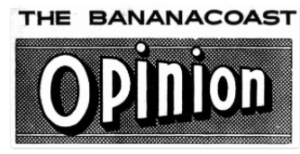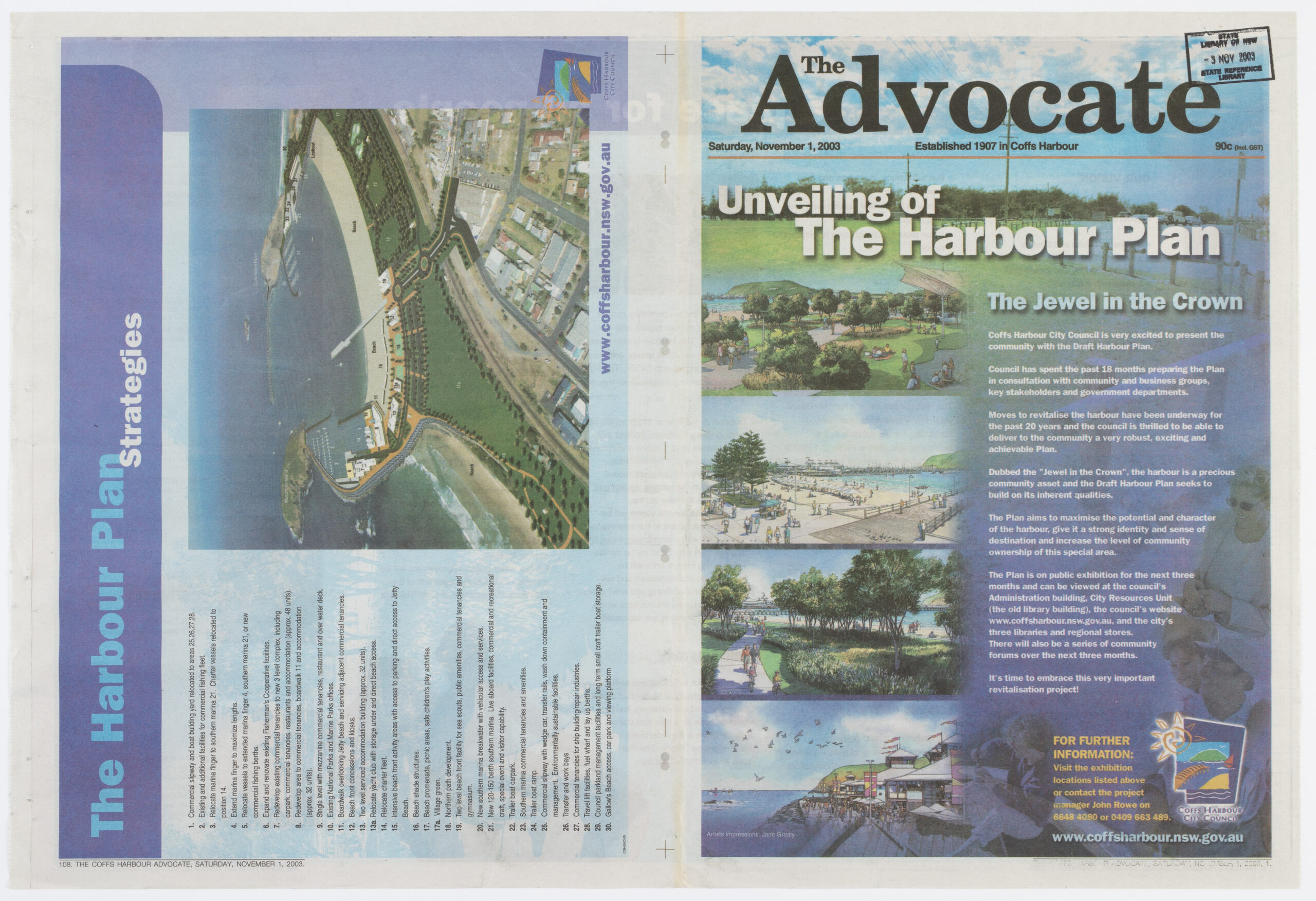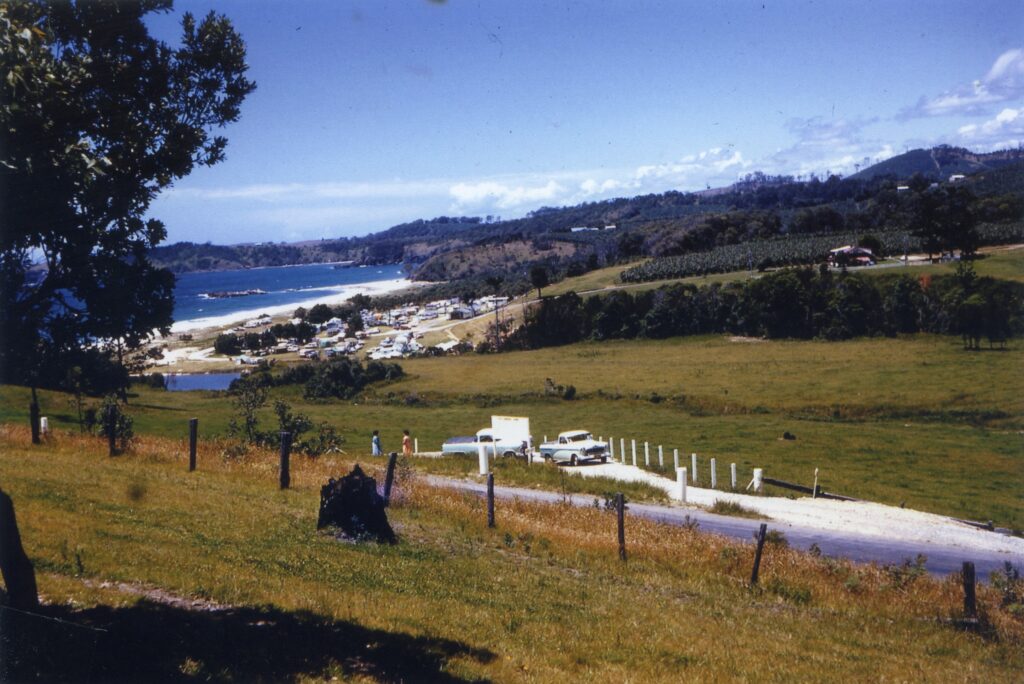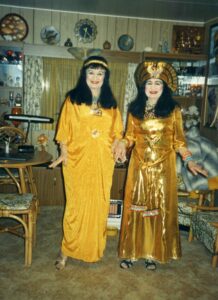
The City of Coffs Harbour provides a range of cultural services, some ephemeral such as events, and some quietly achieving, such as our local libraries, museum and gallery which have been part of the fabric of our community for decades.
Coffs Collections is a beneficiary of the longevity of libraries and museums, not just due to our local versions of these, but through others across the state and nation who have cared for collections from the 19th century onwards. Coffs Collections plays a small part in an enormous ecosystem of digital preservation activities nationally. The content we preserve locally relieves other institutions with a broader geographical scope from having to do so. But that works both ways.
Digitisation is the process which has allowed us to tap into this benefit even further.
Our silent partners
Digitisation brings the past into the future. While born digital materials are quick to share, preparing print and canvas requires more effort. Luckily, for a small city, we don’t have to do this on our own. Newspapers are a case in point.
Trove, hosted by the National Library of Australia, provided the Coffs Harbour Advocate in digital form from 1907 to 1954 inclusive. And when we discovered hitherto unremembered gems in our collections, such as the short-lived Sawtell Guardian and the short-run Bananacoast Opinion (part of a longer run known as the Advocate Opinion), the City underwrote the cost of adding them to Trove for all to access.


More recent newspapers, which are created as digital first and printed later, have an easier pathway to perpetuity. News Of The Area (NOTA) is automatically deposited weekly into the Trove Digital Library. The Woopi News is also captured there, lodged via the State Library of NSW.


Trove also gives access to current and expired Australian websites, including those of local councils. Want to know what the City’s website looked like in 2006 and in subsequent years ? Find it in Trove.

The added value of this is that the website capture can also include the Council’s published documents. Most Australian websites have snapshots.
How to find these items in Coffs Collections
We provide two different pathways in Coffs Collections. Firstly, under the Format labelled Resources, we link to sources of content hosted by other libraries. It’s not exhaustive yet, but keeps growing. Here you will find interviews conducted by other institutions, 3D tours and other sources.


Secondly, when we find out more about a person or event, we put in a link under the Read more label in the record for the item we hold in our local collections. It’s a shortcut to information we find elsewhere.
This is really the tip of the iceberg. Making connections between content collected by the City and content collated, preserved and shared by other cultural heritage organisations is a long game. It relies on the existence of all of them.
1. The Coffs Harbour Advocate, https://trove.nla.gov.au/newspaper/title/989
2. The Bananacoast Opinion, https://trove.nla.gov.au/newspaper/title/1500
3. The Sawtell Guardian, https://trove.nla.gov.au/newspaper/title/1346
4. News of the Area – Coffs Coast, https://trove.nla.gov.au/work/246491799
5. Woopi News, https://trove.nla.gov.au/work/250204564
6. Coffs Collections’ Resources, https://coffs.recollect.net.au/

































